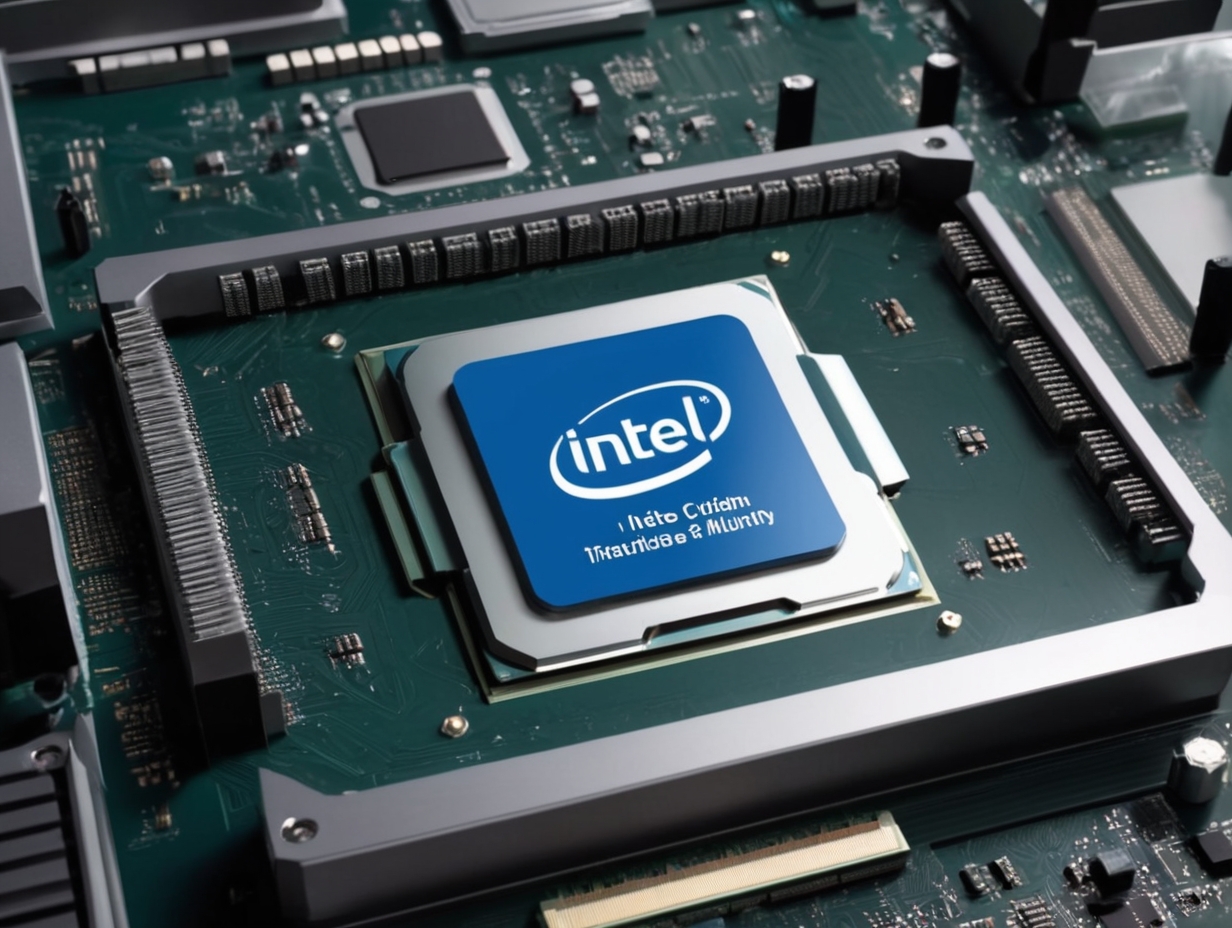Intel Chips amid escalating tensions between China and the United States in the realm of technology, Beijing has announced significant regulations that will reshape its semiconductor landscape. These regulations, outlined in guidelines released on December 26, have already come into effect, targeting American processors like those manufactured by Intel. This move aligns with Beijing’s broader strategy to reduce reliance on foreign technology and bolster its domestic semiconductor industry.
Government mandate on domestic processors
Chinese government agencies have been instructed to prioritize the use of “safe and reliable” processors and operating systems in their computer and server procurement. As a result, three lists have been established, featuring exclusively Chinese companies, deemed as meeting the criteria for safety and reliability. This directive effectively phases out the use of American processors like those from Intel and AMD in government computers.
The announcement comes amid an ongoing semiconductor rift between the United States and China. The United States has imposed various restrictions on semiconductor exports to China, citing national security concerns. These restrictions have targeted key Chinese tech companies, including Huawei and SMIC, the country’s largest chipmaker.
Global ramifications
The ban on Intel chips in Chinese government computers has broader implications for the global semiconductor industry. It signals China’s determination to accelerate the development of its domestic semiconductor sector, potentially disrupting the dominance of American chip manufacturers in the global market. Additionally, it adds to the growing complexity of the trade relationship between the world’s two largest economies.
The restrictions imposed by China pose significant challenges for American tech companies, particularly those in the semiconductor industry. Companies like Intel may face reduced access to the lucrative Chinese market, impacting their revenue and market share. Moreover, the ban underscores the intensifying competition between China and the United States in strategic technological domains.
Opportunities for Chinese semiconductor companies
On the flip side, the ban presents significant opportunities for Chinese semiconductor companies. By limiting the use of foreign processors, China aims to stimulate domestic innovation and self-sufficiency in semiconductor production. This move could propel Chinese companies to the forefront of the global semiconductor market, challenging the long-standing dominance of American and other international players.
China’s decision to block Intel chips in government computers marks a significant development in the ongoing technology rivalry between the United States and China. While it poses challenges for American tech companies, it also signals China’s determination to strengthen its domestic semiconductor industry. The repercussions of this move extend beyond the two countries, impacting the global semiconductor market and highlighting the complex interplay between geopolitics and technology. As the semiconductor rift continues to evolve, both China and the United States face critical decisions that will shape the future of the industry.
Land a High-Paying Web3 Job in 90 Days: The Ultimate Roadmap
